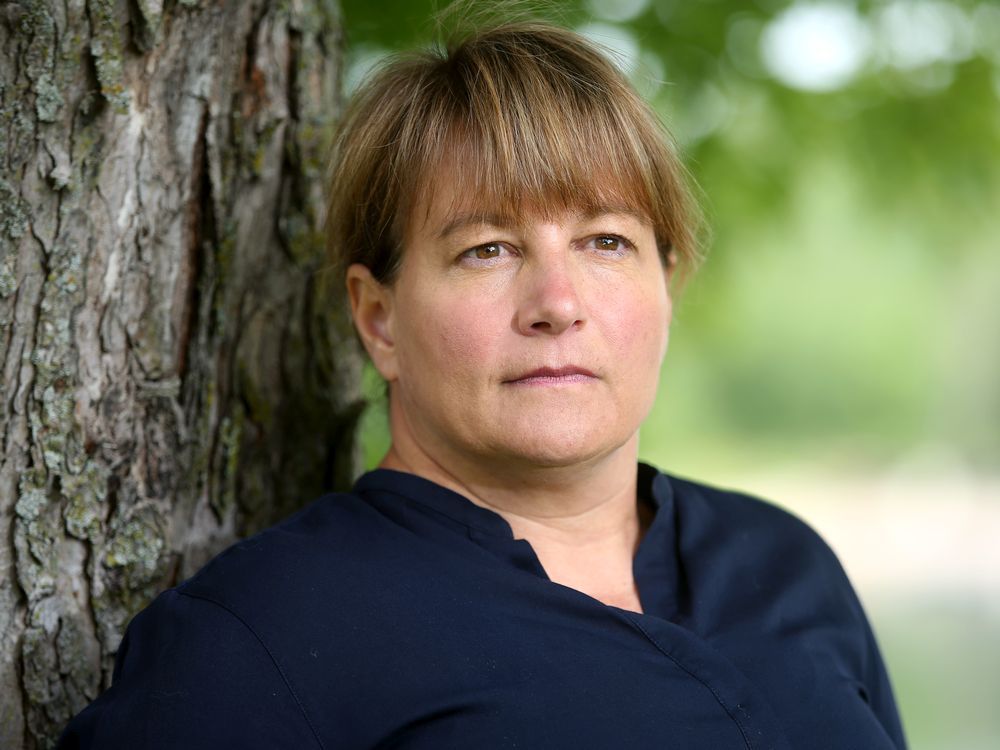one benefit of pandemic schooling was bullying decrease: study
a survey conducted among 6,578 students at a large urban school board in southern ontario in september, october and november 2020 found striking changes.
bullying is an 'epidemic' for kids with disabilities
children with disabilities are two to three times more likely to be bullied than their non-disabled peers, partly due to the lack of peer support.
how rebecca black put the spotlight on cyberbullying
a video of her song 'friday' in 2011 started a storm of cyberbullying, pushing the american youtuber and singer into a deep depression.
 3 minute read
3 minute read









